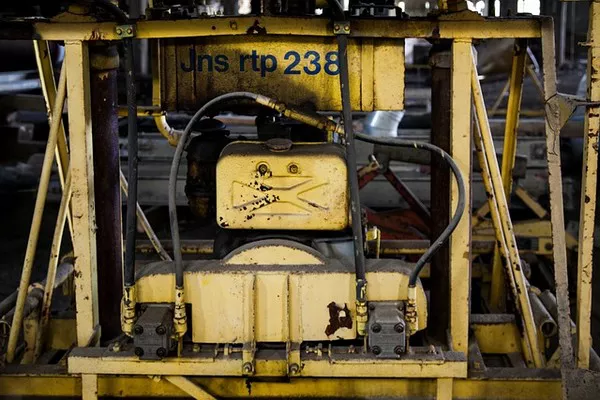Manufacturing optimism experienced a slight decline in July, following a notable increase in April, according to the latest quarterly Industrial Trends Survey from the Confederation of British Industry (CBI).
The survey revealed that output volumes remained largely stable in the quarter leading up to July, mirroring the performance observed in the previous three months and falling short of the anticipated modest growth. Despite this, manufacturers are optimistic about future output, with growth expectations reaching their highest level since March 2022.
The data indicated a reduction in total new orders for the quarter ending in July, but a general expectation of stability in new orders over the upcoming three months. Inventory accumulation is expected to support future output.
Stocks of work in progress are projected to rise at their fastest rate in over two years, with increases also anticipated in raw materials and finished goods inventories.
Cost growth accelerated from April’s figures and remains high compared to historical norms. Although cost growth is predicted to slow in the coming quarter, it will continue to be significantly above the long-term average. Domestic and export price inflation also increased but are expected to decelerate in the next three months.
In a positive development, manufacturers anticipate increasing their workforce at the fastest rate in a year and show improved investment intentions for the year ahead.
Ben Jones, CBI’s lead economist, commented: “While sentiment among manufacturers has cooled slightly in recent months due to underwhelming output growth, the near-term outlook remains positive amid an ongoing broader economic recovery. Manufacturers are confident in increased output in the coming quarter and are boosting stock levels to prepare for anticipated demand. The reduction in underutilized capacity has led to a more optimistic view on hiring and investment.”
The survey, which included responses from 257 manufacturing firms, showed that output was broadly unchanged for the quarter to July (a weighted balance of -3%, down from +3% in June). However, manufacturers expect a 25% increase in output over the next three months, marking the highest expectations since March 2022.
Output increased in six out of seventeen sub-sectors, including motor vehicles and transport equipment, chemicals, mechanical engineering, and electrical goods, while declines were seen in furniture and upholstery and metal manufacturing.
Total new orders fell in July, continuing the trend from the previous quarter (a balance of -9%, compared to -6% in April). Domestic orders decreased, while new export orders remained steady. Manufacturers foresee overall new orders staying stable over the next three months.
Business sentiment fell in July (a balance of -9%, down from +9% in April), with flat export optimism. Investment intentions for the year ahead improved, with increased planned spending in product and process innovation, training, and plant and machinery. However, investment in buildings is expected to decline.
The main barriers to investment were uncertainty about demand, inadequate returns, labor shortages, and limited internal finance. Concerns about finance costs have eased from a January peak but remain above the long-term average.
Costs surged in the quarter to July (a balance of +52%, up from +39% in April) and are expected to remain high. Domestic and export price inflation also increased but are forecasted to slow in the near term.
Stocks of work in progress, finished goods, and raw materials showed modest changes, with significant increases expected in the coming months. Employment levels remained stable in the quarter to July, with expectations of modest increases in the near future.

